10 Tips for Treating and Living with Nearsightedness
Nearsightedness—also known as myopia—isn’t just common, it’s increasingly shaping how millions of people see the world. If distant objects seem blurry while nearby ones stay clear, your eyes may be bending light incorrectly, causing images to focus in front of the retina instead of directly on it. Myopia often runs in families and can appear early in life, worsening through adolescence and even into adulthood if left unchecked. But nearsightedness isn’t a life sentence—it’s a manageable condition with a growing range of treatments and daily strategies that can dramatically improve quality of life. From simple eye exams to advanced corrective options, recognizing the signs early—like squinting, eye strain, or trouble seeing while driving—can lead to better outcomes. Whether you're newly diagnosed or navigating changes in your vision, we’ve expanded our guide to include 10 Tips For Treating And Living With Nearsightedness—practical, science-backed steps to help you see more clearly, comfortably, and confidently.
1. Wear Prescription Glasses
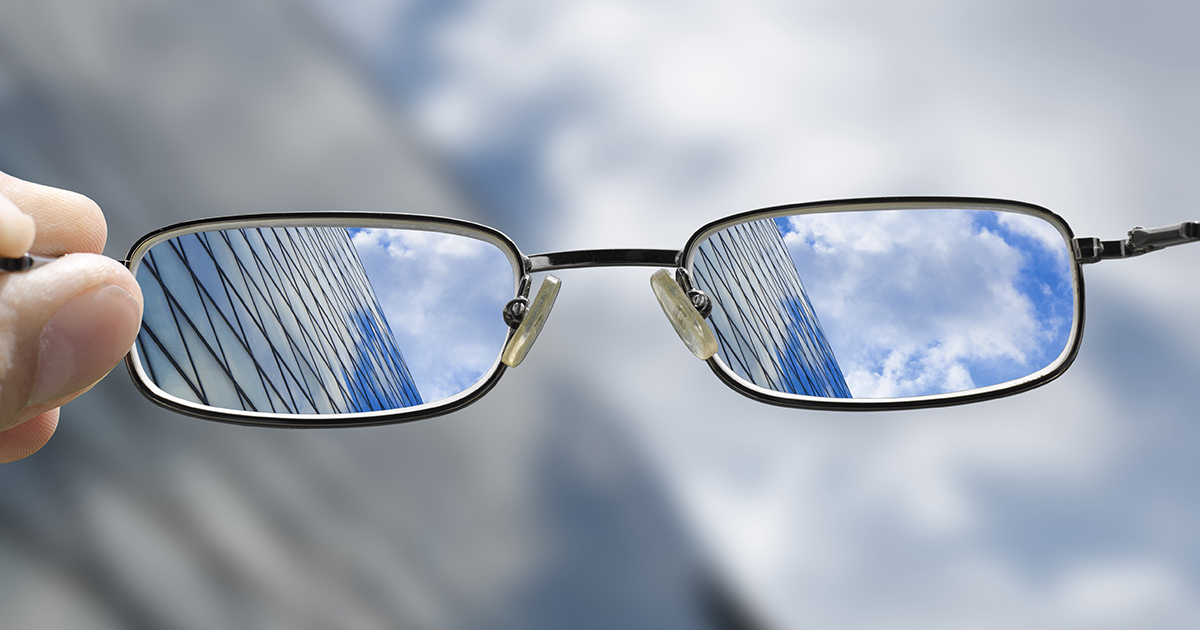
One of the most common solutions for nearsightedness is to wear prescription glasses. Glasses and contact lenses work the same way. The lenses of the glasses alter the direction of light's rays, allowing the rays to focus on the retina instead of in front of it. For nearsighted individuals, light rays come to a focus point too early. Glasses will diverge the light rays, helping reduce the focusing power of the eye. When the focus point moves backward, the patient is able to see. Eyeglass lenses have powers measured in diopters. For nearsighted patients, lenses will begin with a minus sign. Meanwhile, those who are farsighted will have a plus sign on their prescription measurement.
2. Laser-Assisted In Situ Keratomileusis
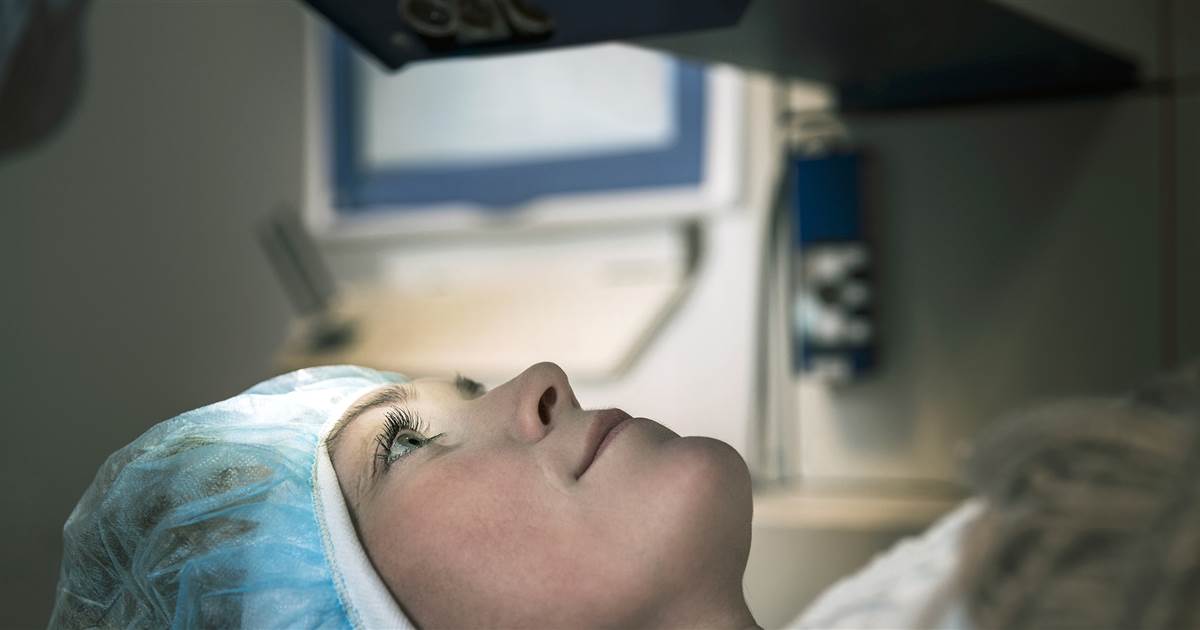
Laser-assisted in situ keratomileusis, typically referred to as LASIK, is a type of laser eye surgery that changes an individual's cornea shape. The goal is to reduce the patient's need for glasses, with ultimate success eliminating the need for glasses entirely. This surgery is typically used with severe cases of nearsightedness. Before LASIK, the only surgical options for vision correction tended to have very long recovery periods. LASIK can be done directly in the ophthalmology office. The surgery takes only twenty to thirty minutes to complete. There isn't a lot of pain, and the recovery time tends to be fast. Numbing eye drops are used to reduce pain, but general anesthesia doesn't tend to be required.
3. Orthokeratology
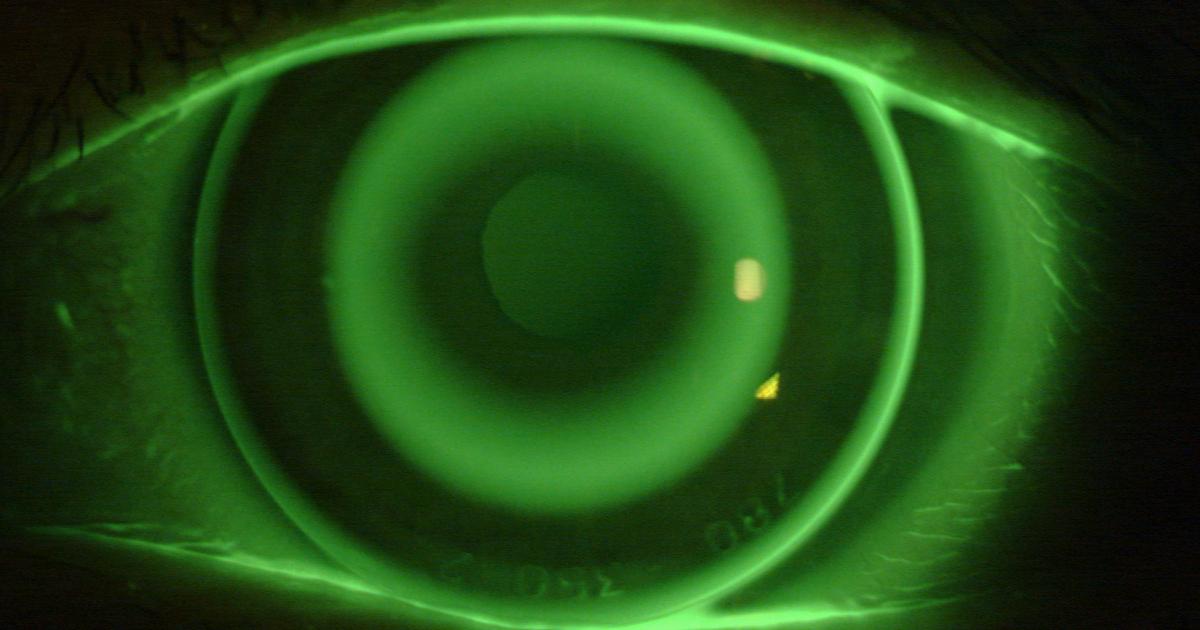
Orthokeratology is a practice that lets patients use special contact lenses overnight. The gas-permeable lenses reshape the cornea while the patient sleeps. After this gentle reshaping, the patient can see clearly when the lenses are removed in the morning. It's important for the right contact lenses to be used in this procedure. Regular contact lenses aren't breathable enough, and wearing them overnight can lead to eye damage and pain. But orthokeratology functions with breathable lenses that have FDA approval for overnight use. Orthokeratology's effects last for one or two days. Patients receive the best results when they wear the contacts every night. While it isn't a permanent solution, it's a good option if patients want to reduce the need for glasses and regular contact lenses.
4. Topical Atropine Drops
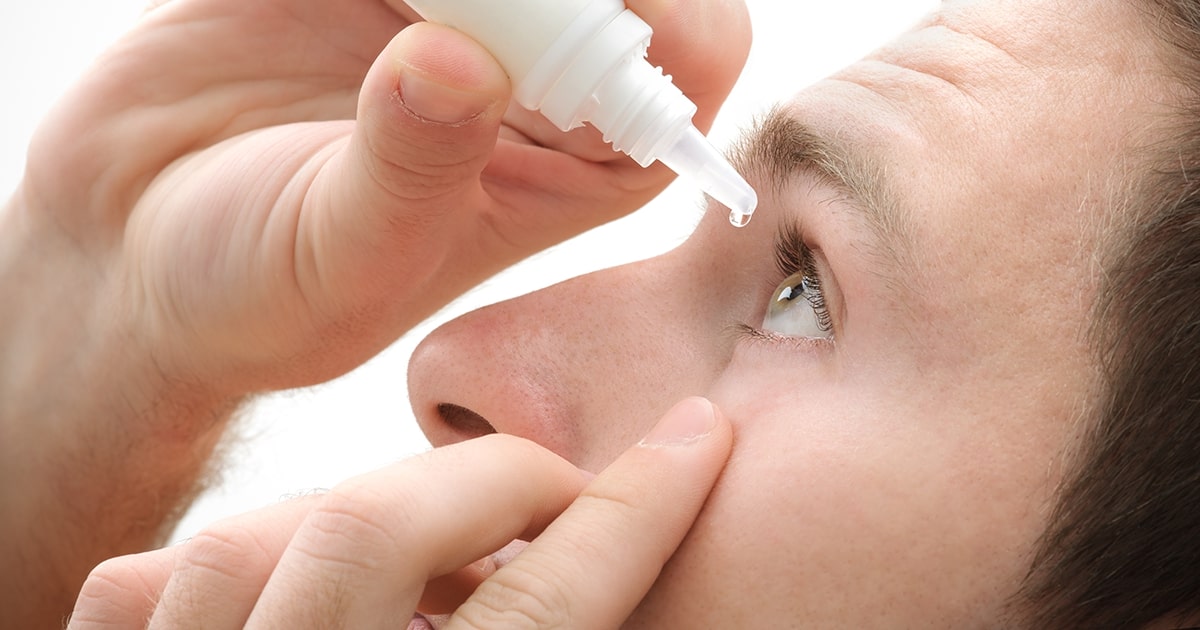
Topical atropine drops are used to help slow the progression of myopia, and it has shown promise when used with children. The myopia progression typically slows enough to prevent children from becoming severely impaired as their eyes develop. Childhood nearsightedness usually receives a diagnosis when the child is about five to seven years old. Vision tends to get significantly worse as the eye rapidly grows through childhood and adolescence. Atropine drops have only been used as a treatment in recent years. Prior to this, prescription glasses were the only treatment. Children who use atropine drops still need to wear glasses. The treatment isn't a cure for myopia, but it does help keep it from becoming too bad.
5. Modifying Contact Lenses
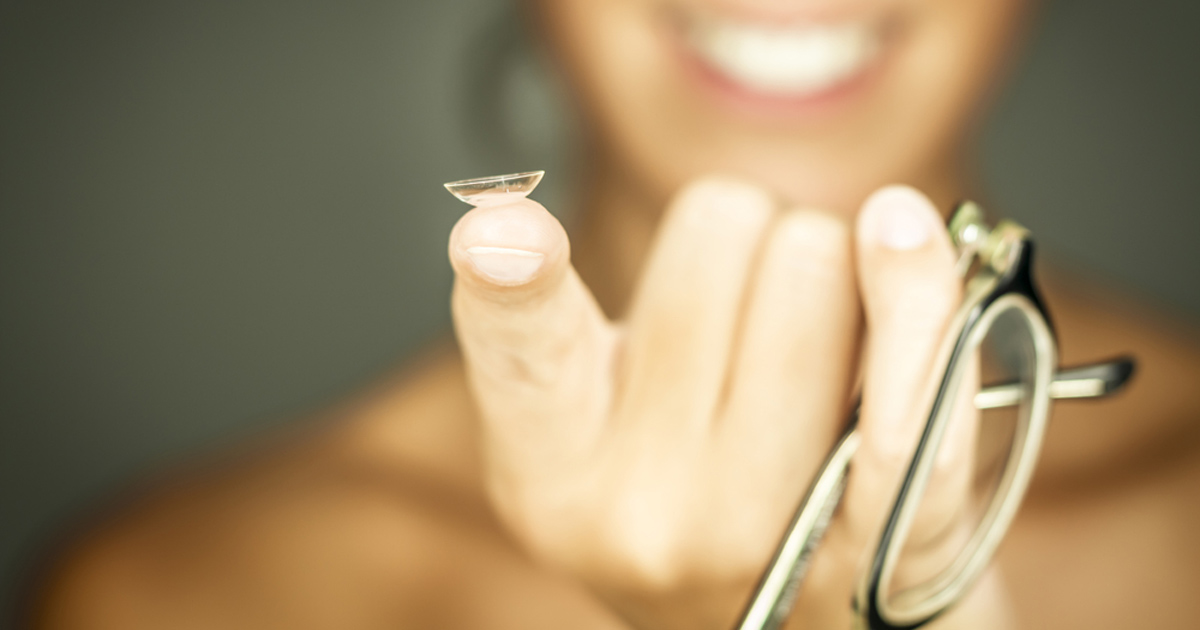
One of the most frequent forms of treatment is through modifying contact lenses. Contact lenses use the same prescriptions as glasses. Like glasses, the lens changes the way light enters the eye, allowing the eye to focus properly. Contact lenses are significantly thinner than eyeglass lenses. Some patients prefer them because they eliminate the need for glasses, though others experience some discomfort. A contact lens rests directly on the surface of the eye. Glasses, by contrast, are about a half inch away from the face. Since contacts are much closer to the eye, they don't need as large an optic zone. With eyeglasses, the optic zone includes the entire surface of the lens. Contact lenses only have a small portion of the lens dedicated to the optic zone, while the peripheral curves have no effect on an individual's vision.
6. Embrace Blue-Light Management

Staring at screens for hours doesn’t directly cause myopia—but it can worsen eye strain and fatigue, especially for those already nearsighted. Blue-light blocking glasses or screen filters help reduce visual stress during extended screen use. Some contact lenses also come with built-in blue light protection. Managing screen exposure—especially before bedtime—can also help protect circadian rhythms, improving sleep and overall eye comfort. Combine this with screen breaks and good lighting to create an eye-friendly digital environment. While it won’t cure nearsightedness, reducing blue-light strain can make a major difference in how comfortable and sharp your vision feels throughout the day.
7. Prioritize Outdoor Time for Kids

Studies across the globe have shown a striking link between outdoor time and lower rates of childhood myopia. Just 90 minutes a day spent outside—playing, walking, or even doing homework in natural light—can significantly reduce the risk of developing or worsening nearsightedness. Natural daylight helps regulate eye growth and provides visual stimuli at long distances, both of which are critical during childhood development. For parents concerned about screen time or rapid prescription changes, prioritizing outdoor play is one of the simplest, most effective habits to adopt. It’s free, it’s healthy, and it could help preserve your child’s long-term vision.
8. Nutritional Eye Support

While glasses and surgery treat vision directly, nutrition supports the eye’s health from the inside out. A diet rich in omega-3 fatty acids, lutein, zeaxanthin, zinc, and vitamin C can help reduce inflammation and oxidative stress in the eyes. Leafy greens, eggs, citrus fruits, and fish like salmon or sardines are eye-friendly staples. For those with rapidly progressing myopia, adding eye-focused supplements may be beneficial—especially if dietary intake is inconsistent. While nutrition alone won’t reverse nearsightedness, it plays a vital role in supporting retinal health and overall ocular function, especially in aging adults. Healthy eyes begin at the grocery store.
9. Use the 20-20-20 Rule
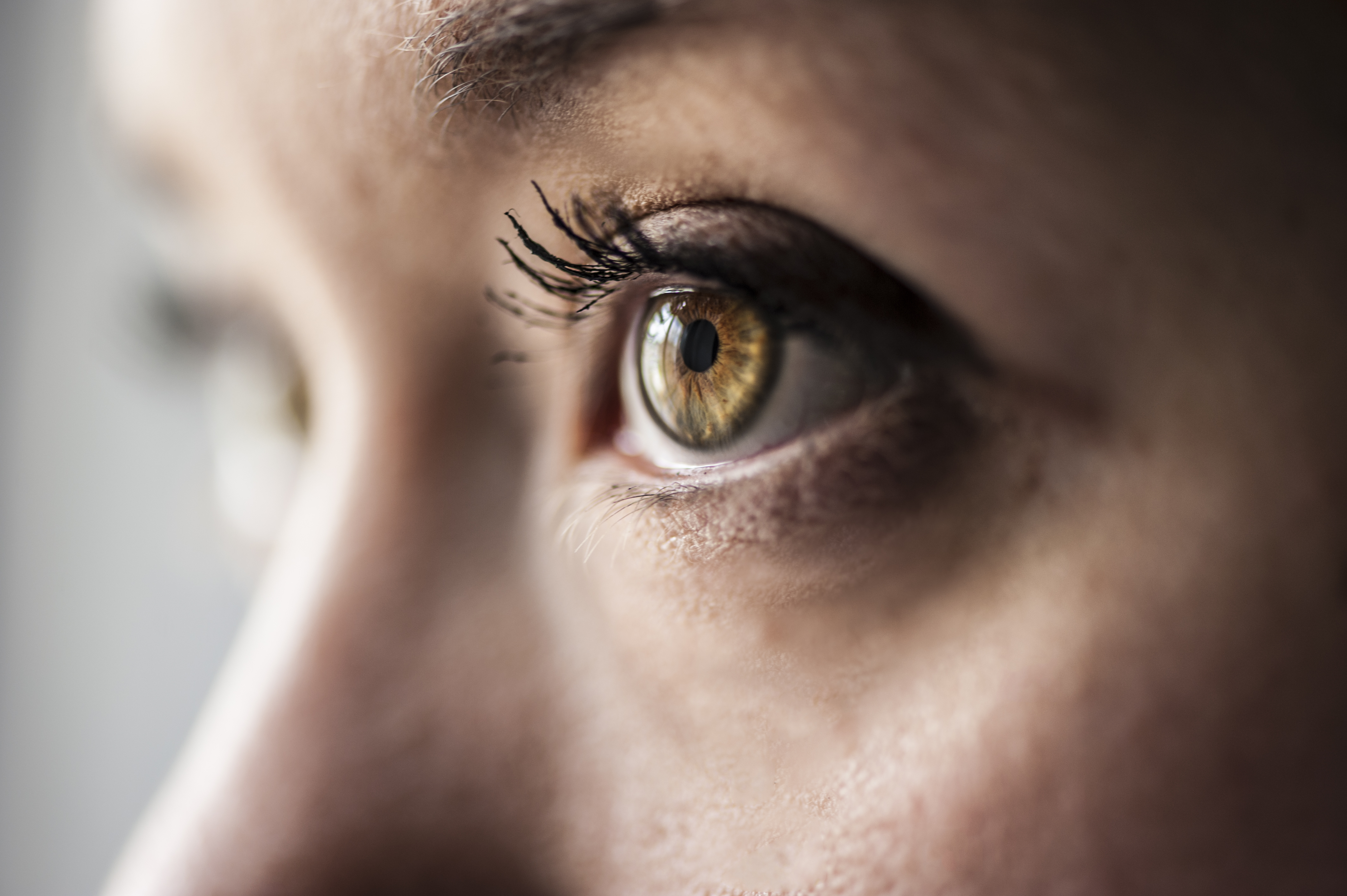
When focusing up close for long periods—reading, scrolling, or working—your eyes need breaks. That’s where the 20-20-20 rule comes in: every 20 minutes, look at something 20 feet away for at least 20 seconds. This helps relax the ciliary muscles that control near vision focus, reducing fatigue and potentially slowing myopia progression. It’s especially helpful for students, office workers, or anyone tethered to a screen. Simple, free, and backed by ophthalmologists, this micro-habit can make a macro difference. Pair it with blinking reminders to combat dryness, and your eyes will stay sharper and more comfortable throughout the day.
10. Annual Comprehensive Eye Exams
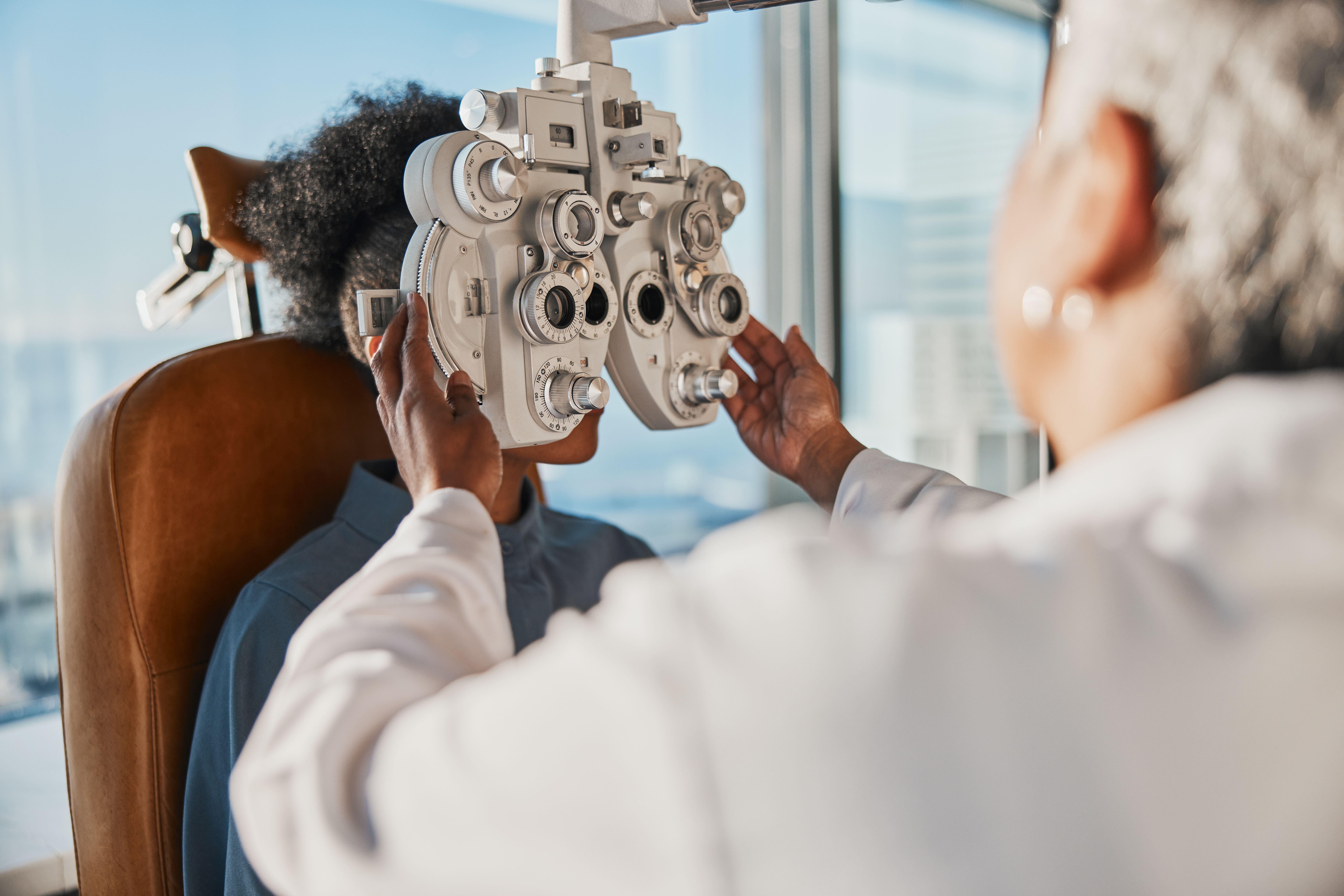
Even if your prescription seems stable, yearly eye exams are non-negotiable—especially for those with myopia. Myopia can shift gradually, and regular exams help catch subtle changes before they affect your daily life. More importantly, nearsighted individuals are at increased risk for conditions like retinal tears, glaucoma, and macular degeneration. A thorough exam includes more than a vision test—it checks internal eye health, pressure levels, and retinal structure. Children and teens should be screened more frequently during growth phases. Staying proactive with your eye health isn’t just about clearer vision—it’s about catching complications before they become irreversible.
Clearer Vision Starts with Smarter Choices

Living with nearsightedness doesn’t mean settling for a blurred view of the world—it means learning how to manage, adapt, and thrive with clarity. From prescription lenses and cutting-edge surgeries to simple daily habits like the 20-20-20 rule and outdoor time, treating myopia is no longer a one-size-fits-all approach. The key is consistency: regular checkups, conscious screen use, and even nutrition can play powerful roles in protecting your sight. And with innovative solutions like Ortho-K and atropine drops now widely available, the future of myopia care is more accessible than ever. Whether you’re exploring options for yourself or looking out for a child’s vision, knowledge is your most powerful tool. That’s why we’ve expanded our guide to include 10 Tips For Treating And Living With Nearsightedness—so you can take confident steps toward a sharper, healthier future. Because the better you care for your eyes, the more clearly you’ll see what really matters.
